Feed micronutrients are essential nutrients that play an important role in providing vitamins, minerals, and other micronutrients to enhance the overall animal growth and performance of livestock and poultry. Moreover, micronutrients are vital for metabolic processes, immunity, and reproductive functions in animals. As per FACTMR, the global animal feed micronutrient market is expected to reach a valuation of over US$ 2.5 Bn by 2027.

AVP and Principal Consultant
Fact.MR
Recent key trends in the feed micronutrients market:
- Focus on sustainable and organic solutions: Consumers are increasingly aware of the environmental and ethical implications of the products they use. Major players in the market are focusing on sustainable and organic products due to growing consumer awareness. In addition to this, key companies also exploring the options of environmentally friendly and ethically sourced alternatives. This ultimately minimizes the ecological footprint of material extraction and processing. These initiatives also help companies improve their public image and brand image. Consumers also prefer brands that align with their values, and sustainability can foster long-term brand loyalty.
- Inclination towards personalized nutrition solutions: Another key trend in the market is to offer personalized nutrition solutions. Major players in the market adapt their offerings to the specific nutritional needs of animal species. Different animal species may have different nutritional requirements based on various factors such as age, physiological conditions, weight, etc. Market players have been increasingly offering specific nutritional profiles that optimize the health, growth, and production of each species.
- Adoption of digital technologies: Key players in the micronutrient market have been widely adopting digital technologies. Key companies have adopted advanced analytics and digital platforms such as precision agriculture and data analytics to optimize feed formulas and improve animal nutrition efficiency. Moreover, farmers typically use data-driven insights to optimize livestock production. Moreover, based on inputs from real-time data, satellite images, and sensor data, farmers can use precision farming practices that involve accurate usage of water, pesticides, etc.
- For example, Alltech is a global company headquartered in Kentucky, US with operations in animal feed, brewing, and distilling. Using data analytics for precision nutrition, the company has been focusing on technologies to improve feed efficiency and animal health.
- Devenish Nutrition is an agri-technology company based in Belfast and is known for its expertise in animal nutrition. The company has adopted innovations in precision nutrition, including the use of data analytics and technology to optimize feed formulations and improve animal health.
- Trace Mineral Optimization: Trace Minerals are the core part of animal diet to optimize well-being, health, and performance. Trace mineral optimization is a key trend due to increasing awareness among consumers about animal health & nutrition. Optimizing nutritional micronutrients requires careful management of the concentrations and forms of micronutrients needed to improve overall animal health, performance, and reproduction. Trace elements, including zinc, copper, selenium, and manganese, play a crucial role in various metabolic processes in animals and the body.
Market Challenges:
- Key companies in the market are facing regulatory constraints due to stringent regulations and approval processes for feed additives including micronutrients. Moreover, meeting regulatory standards in different regions and complying with evolving regulations can be time-consuming and costly.
- Besides this, the cost of producing and incorporating high-quality micronutrients into animal feed formulations can be a limiting factor, especially for smaller and medium-sized farms. Cost considerations may impact the adoption of advanced micronutrient-enriched feeds.
- Apart from this, fluctuations in the prices of raw materials used in the production of micronutrients can affect the overall cost of manufacturing. Unpredictable price variations may impact profit margins for manufacturers and, consequently, the pricing of micronutrient-enriched feeds.
Key strategies:
The market is moderately consolidated with key players such as Tanke Biosciences, Vamso Biotec Pvt. Ltd, Archer Daniels Midland, and Pancosma SA occupy the majority of the shares. To establish a strong market share, key companies in the market are focusing on the following key strategies:
- To expand their market share, key players have been entering new geographical regions. Companies establish partnerships, and collaborations, setting up distribution networks in emerging markets.
- Nutreco, a global animal nutrition and fish feed company, implemented a strategy to expand its market presence in Latin America, a region with a growing demand for animal protein and a burgeoning livestock industry. Nutreco has acquired local companies and the key is to expand and strengthen its animal nutrition business in Latin America.
- Moreover, key companies are also offering customized feed solutions tailored to the nutritional needs of different animal species. This strategy involves understanding and addressing the unique requirements of various livestock and poultry.
- Cargill, a global agribusiness and food company, operates a division called Provimi, which focuses on animal nutrition. Provimi offers a range of customized feed solutions designed to meet the specific nutritional requirements of various animal species, including livestock and poultry.
Mr. S.N. Jha is the principal consultant at Fact.MR, a leading provider of market research, consulting, and data services. With over a decade of experience at Fact.MR, Mr. Jha has provided invaluable insights and strategic direction to more than 1500 clients. His analytical mind and eye for detail have established him as an expert in gleaning actionable intelligence from complex data sets. Clients value his ability to translate market trends into cogent recommendations that drive growth.
Author Contact Details:
S. N. Jha | AVP and Principal Consultant
D: +353-1-4434-232 Tel: +91 783 8476 404
E-mail: shambhu@factmr.com | Web: www.factmr.com


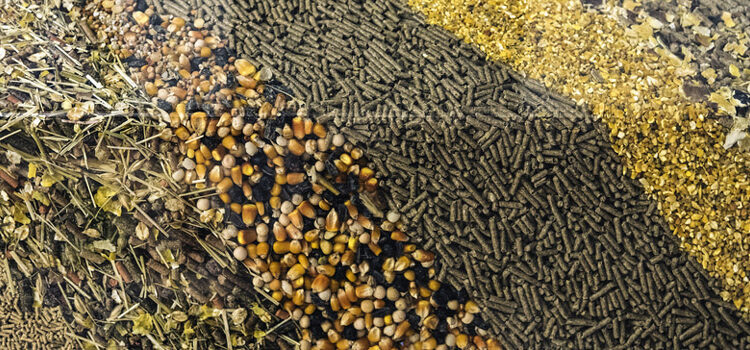
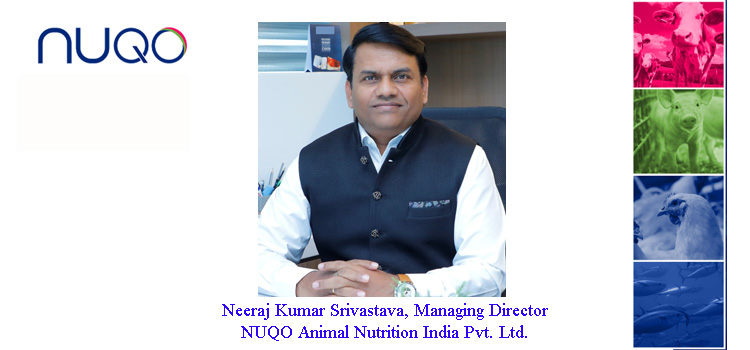



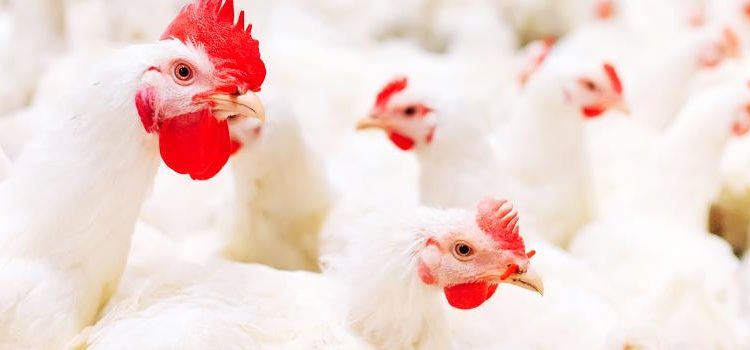

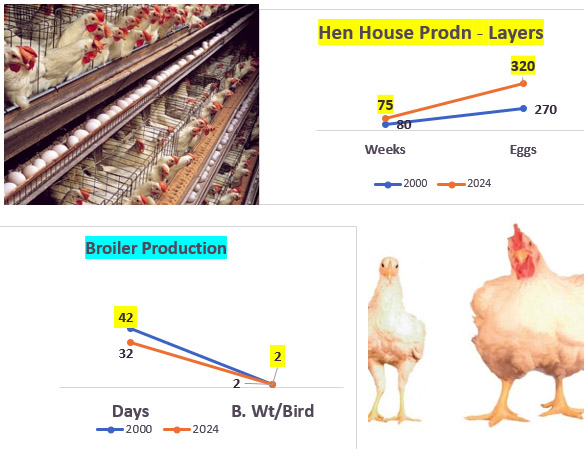
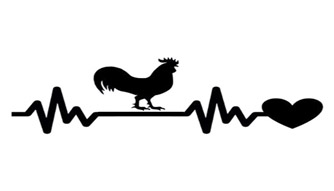
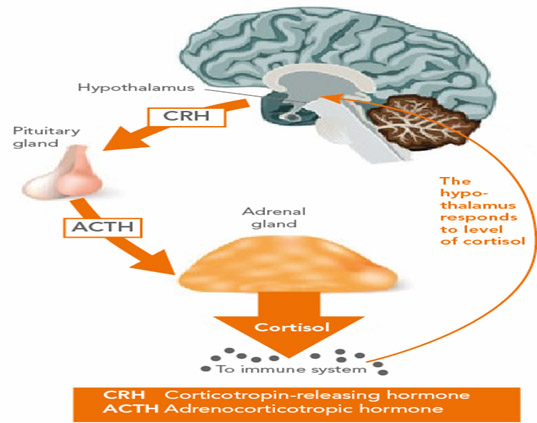


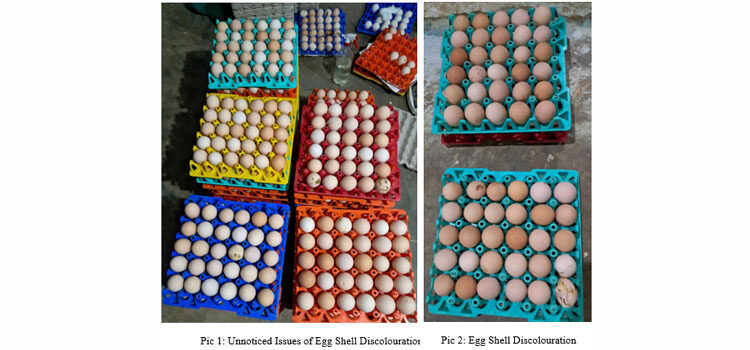
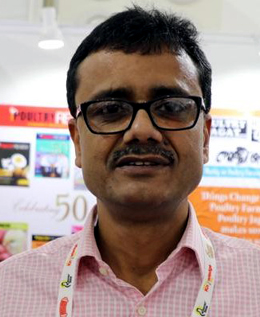
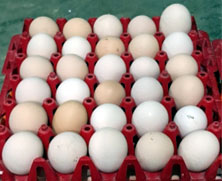 1. Pale Shelled Eggs
1. Pale Shelled Eggs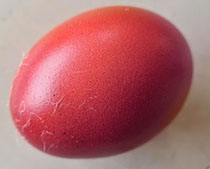 2. Pink or Liliac Eggs
2. Pink or Liliac Eggs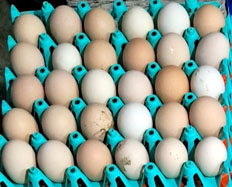 3. Dirty Eggs
3. Dirty Eggs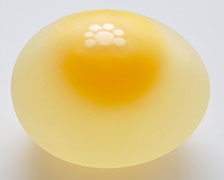 4. Shell-less Egg
4. Shell-less Egg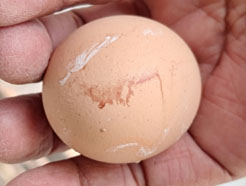 5. Bloody Eggs
5. Bloody Eggs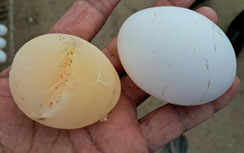 6. Soft Shell Eggs
6. Soft Shell Eggs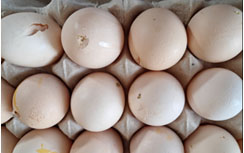 7. Cracked Egg
7. Cracked Egg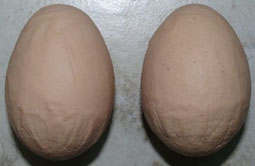 8. Corrugated Eggs
8. Corrugated Eggs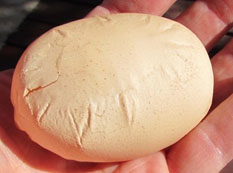 9. Wrinkled Eggs
9. Wrinkled Eggs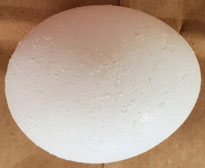 10. Pimpled Eggs
10. Pimpled Eggs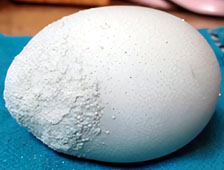 11. Calcium Coated Eggs
11. Calcium Coated Eggs 12. Mottled Eggs
12. Mottled Eggs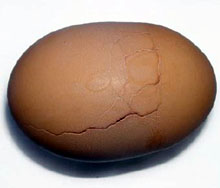 13. Broken or Mended Eggs
13. Broken or Mended Eggs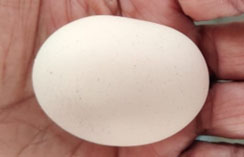 14. Misshapen Eggs
14. Misshapen Eggs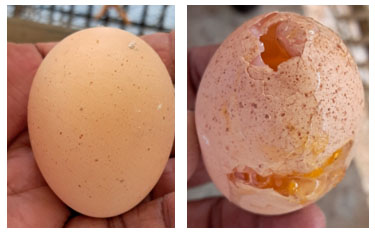 15. Spots (White Brown speckled) on Egg Shell
15. Spots (White Brown speckled) on Egg Shell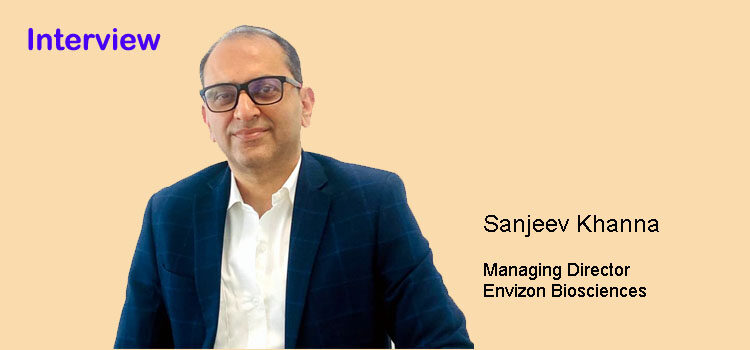
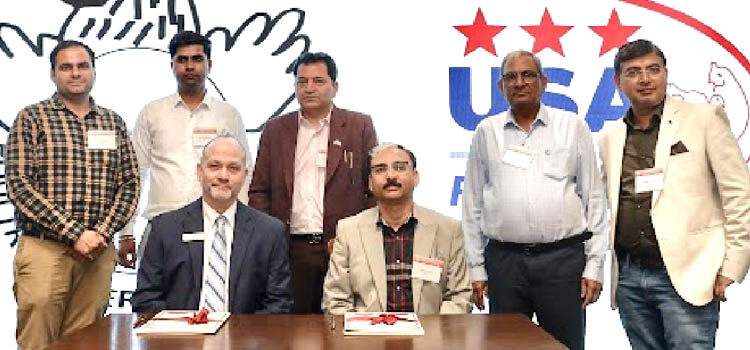
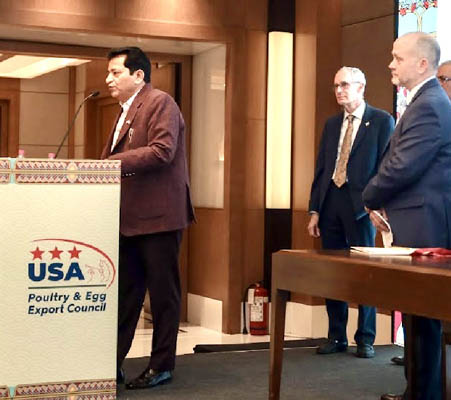 Mr. Ricky Thaper, Treasurer, Poultry Federation of India highlighted the significance of this partnership in addressing critical nutritional needs and fostering international cooperation in the poultry industry. Mr. Thaper said that this occasion marked the beginning of what promises to be a fruitful collaboration aimed at enhancing nutritional standards and promoting economic growth in the poultry sector.
Mr. Ricky Thaper, Treasurer, Poultry Federation of India highlighted the significance of this partnership in addressing critical nutritional needs and fostering international cooperation in the poultry industry. Mr. Thaper said that this occasion marked the beginning of what promises to be a fruitful collaboration aimed at enhancing nutritional standards and promoting economic growth in the poultry sector.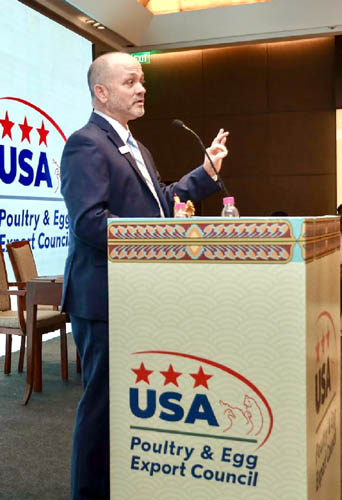 By combining their expertise, both organizations aspire to raise awareness about the nutritional advantages of poultry products.
By combining their expertise, both organizations aspire to raise awareness about the nutritional advantages of poultry products.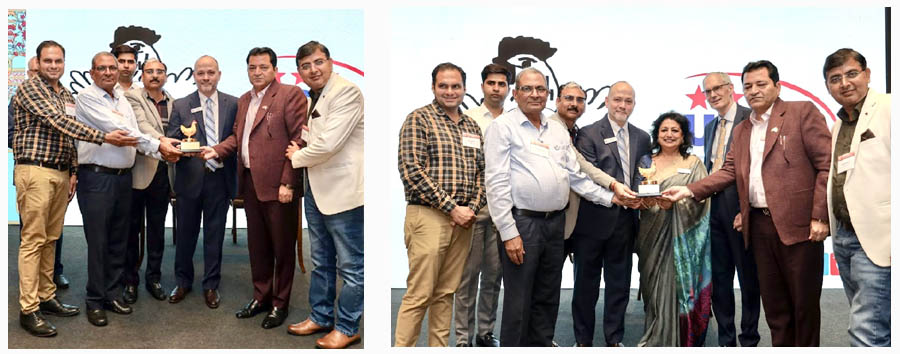

 Under the terms of the agreement, NOVUS becomes the owner of all BRI’s products and intellectual property and takes control of the company’s facilities.
Under the terms of the agreement, NOVUS becomes the owner of all BRI’s products and intellectual property and takes control of the company’s facilities.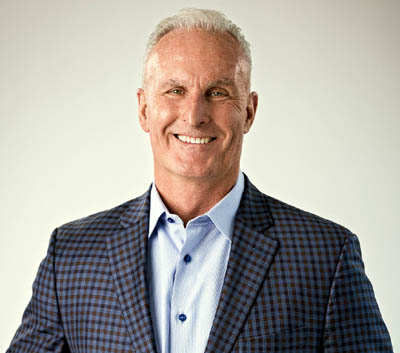

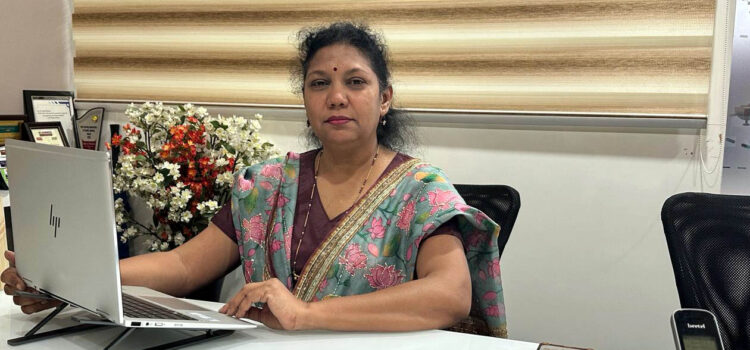
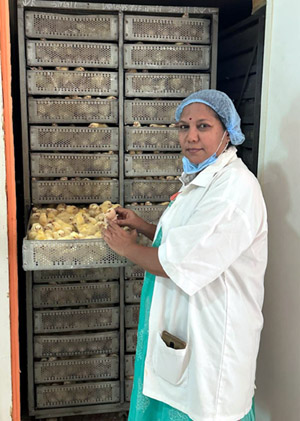
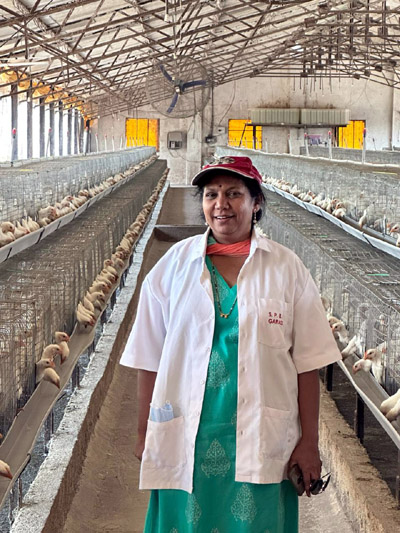 During my second job in Tarkeshwara Hatcheries, I met Ajay who was working as Production Manager. Ajay is BVSc from College of Veterinary and Animal Sciences, Parbhani and also my batch mate. As part of his job, he was required to remain in remote area without basic facilities, be it a hospital, market or local transport. I started discussing my business ideas with him as even before we got married, my ideas about creating our own business had started taking shape. However, I was only able to work towards it when I was selected for a government job through MPSC.
During my second job in Tarkeshwara Hatcheries, I met Ajay who was working as Production Manager. Ajay is BVSc from College of Veterinary and Animal Sciences, Parbhani and also my batch mate. As part of his job, he was required to remain in remote area without basic facilities, be it a hospital, market or local transport. I started discussing my business ideas with him as even before we got married, my ideas about creating our own business had started taking shape. However, I was only able to work towards it when I was selected for a government job through MPSC.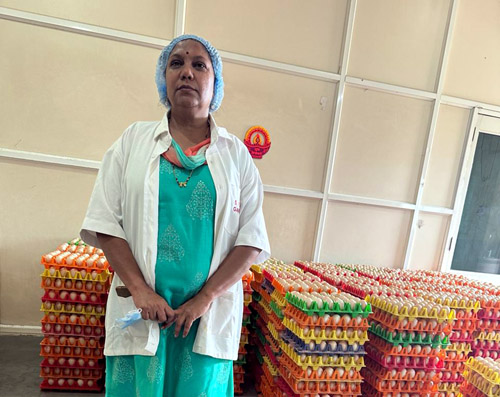
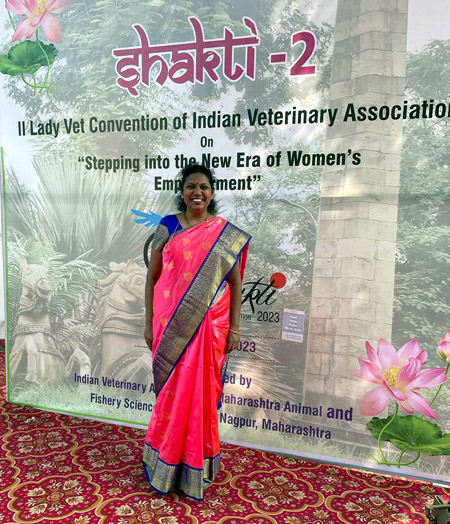 Dr. Anju Deshpande:
Dr. Anju Deshpande: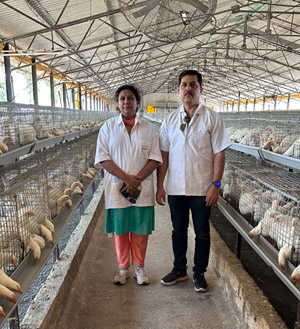
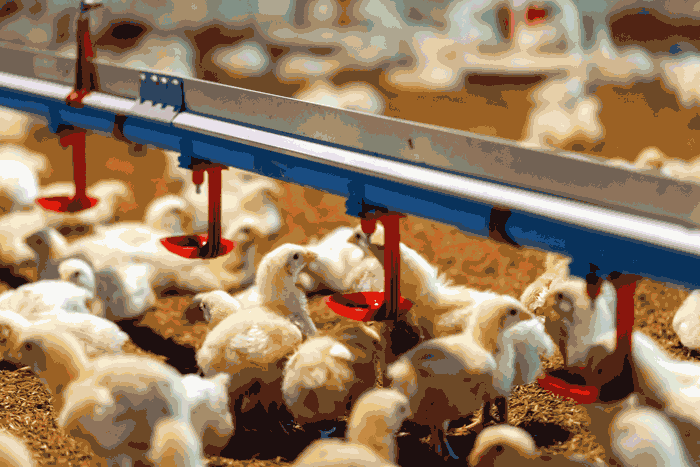
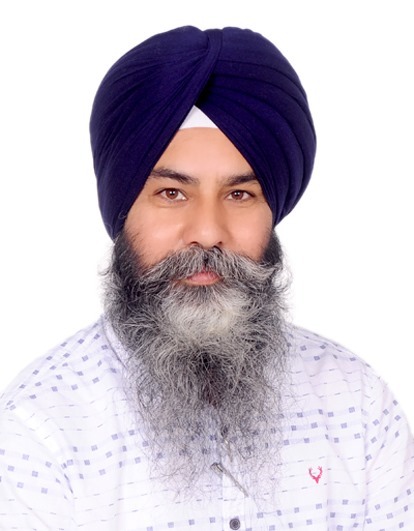
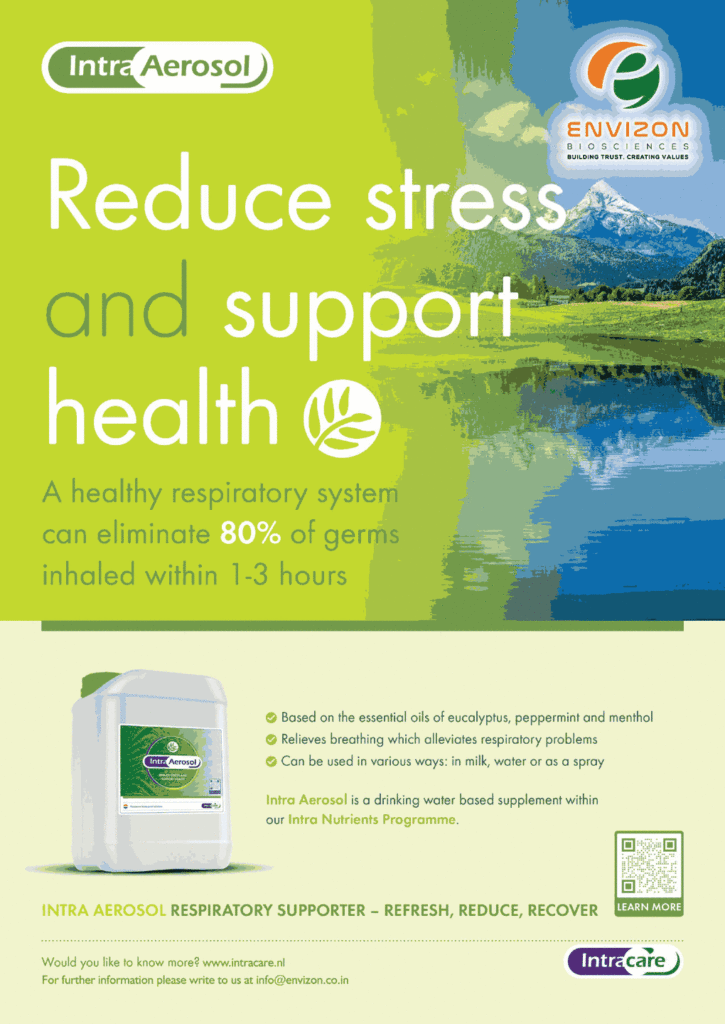

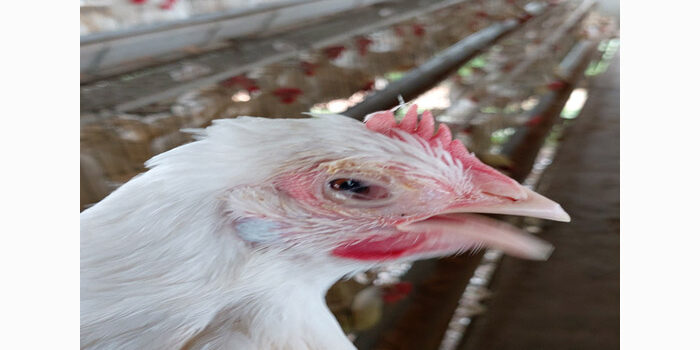
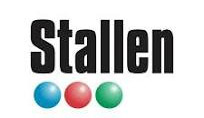
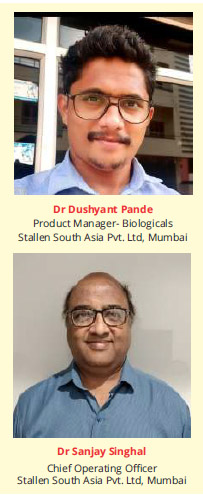 Mycoplasma gallisepticum infection in birds usually takes a long time to manifest and is followed by severe respiratory tract inflammation. In flocks, the disease often goes unnoticed and causes latent infections. According to earlier studies, conditions including high feed density, heat and cold stress, high levels of ammonia, accumulation of feces, fouling of the chicken house, wide temperature variations, and abrupt climatic changes can all contribute to the spread and outbreak of disease.
Mycoplasma gallisepticum infection in birds usually takes a long time to manifest and is followed by severe respiratory tract inflammation. In flocks, the disease often goes unnoticed and causes latent infections. According to earlier studies, conditions including high feed density, heat and cold stress, high levels of ammonia, accumulation of feces, fouling of the chicken house, wide temperature variations, and abrupt climatic changes can all contribute to the spread and outbreak of disease.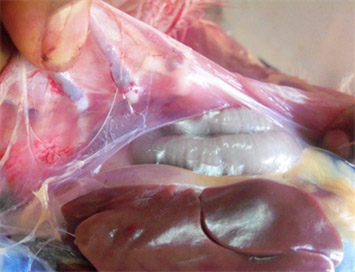 The dynamics of MG infection relies heavily on clinically or sub clinically infected carrier birds since Mycoplasma gallisepticum hardly survives outside the host for longer than a few days, yet several studies reported the ability of MG to survive up to several days on contaminated fomite materials (dust, feathers etc) provides important insights on epidemiology of the disease. Some M. gallisepticum strains capacity to develop biofilms may enable them to survive in the environment for longer duration. MG can be transmitted from infected breeder flock to their progeny via transovarian transmission. Some studies concluded that the vertical transmission of MG occurs at the highest rates during the acute phase of disease when the level of MG is at peak in respiratory tract and declines subsequently as the post infection interval lengthens.
The dynamics of MG infection relies heavily on clinically or sub clinically infected carrier birds since Mycoplasma gallisepticum hardly survives outside the host for longer than a few days, yet several studies reported the ability of MG to survive up to several days on contaminated fomite materials (dust, feathers etc) provides important insights on epidemiology of the disease. Some M. gallisepticum strains capacity to develop biofilms may enable them to survive in the environment for longer duration. MG can be transmitted from infected breeder flock to their progeny via transovarian transmission. Some studies concluded that the vertical transmission of MG occurs at the highest rates during the acute phase of disease when the level of MG is at peak in respiratory tract and declines subsequently as the post infection interval lengthens.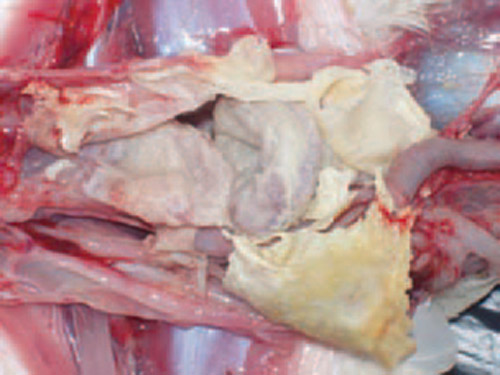 Respiratory Distress: Birds infected with mycoplasmosis often exhibit respiratory distress, characterized by coughing, sneezing, nasal discharge, and wheezing.
Respiratory Distress: Birds infected with mycoplasmosis often exhibit respiratory distress, characterized by coughing, sneezing, nasal discharge, and wheezing.

